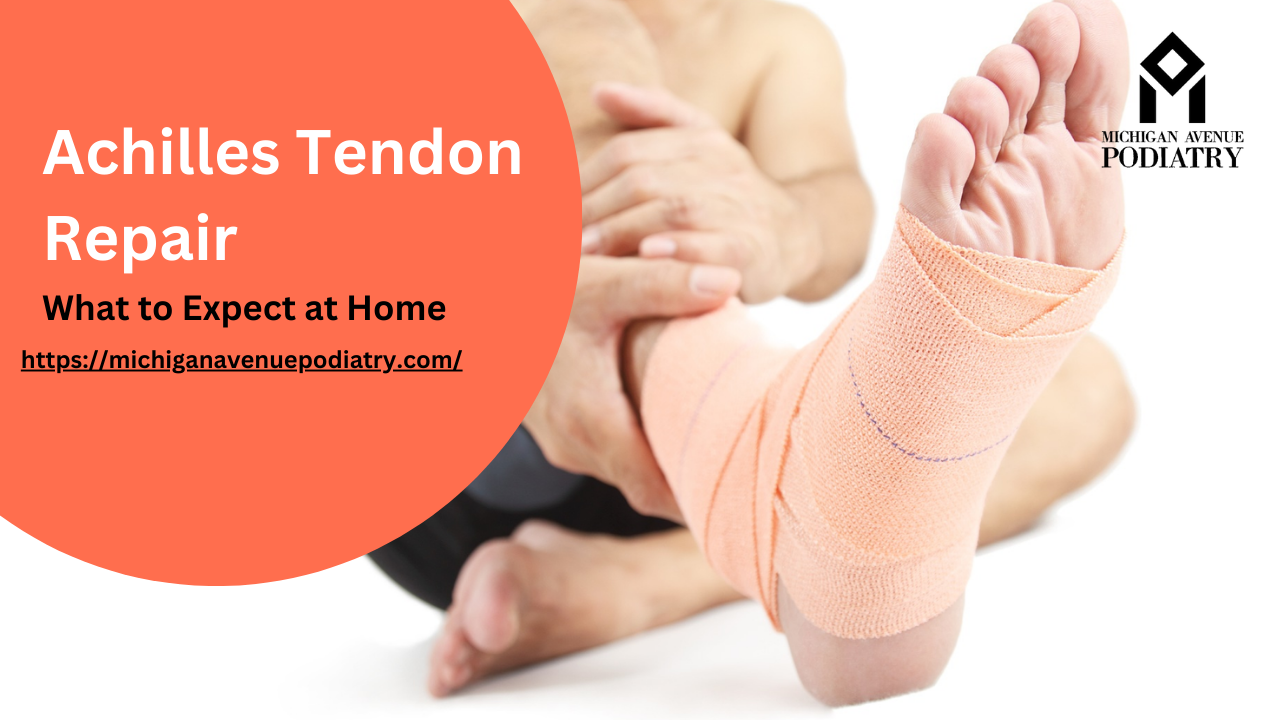Achilles tendon repair fixes a broken tendon in your foot so you can walk normally again. There are two kinds of surgery for this: open surgery and percutaneous surgery. Open surgery means the doctor makes a big cut in your leg. In percutaneous surgery, they make a few small cuts and use special tools to fix the tendon.
After surgery, you might feel tired for a few days, and your leg and ankle might swell up. The spot where they cut you might feel numb, and you might see some bruises on your ankle and shin. Putting ice on the area can help with the swelling, and it should get better in a few days.
As you get better, your tendon will get stronger. You’ll need to wear a cast or a special boot for 6 to 12 weeks after surgery. At first, the cast might keep your foot pointed down to help the tendon heal. You might be able to put weight on your leg after a few weeks, but it will take a few months before you can use your leg normally again. Doing exercises to make your leg stronger will help with this.
When you can go back to doing sports or other activities depends on how well you follow your rehab program and how well your tendon heals. Your doctor or podiatrist will tell you when it’s safe to go back. Usually, it’s about 4 to 6 months after surgery.
How can you care for yourself at home?
Remember that everyone’s recovery is different, so it might take you longer or shorter than this to get better. Here are some things you can do to help yourself get better faster:
- Rest when you’re tired and try to sleep with your sore leg raised.
- Wear the cast or boot your doctor gave you for 6 to 12 weeks.
- Use crutches to move around until your doctor says it’s okay to put weight on your leg.
- Shower carefully and don’t get your bandage wet.
- Eat your normal food, but if your stomach feels funny, try eating bland foods like rice, chicken, toast, and yogurt.
- Take your medicines exactly as your doctor told you to.
- Take care of your incision by keeping it clean and dry.
- Do the exercises your doctor gave you to help your leg get stronger.
- Use ice to help with any pain or swelling, and keep your leg raised when you’re sitting or lying down to help with swelling.
- Wear support stockings if your doctor gave them to you.
It’s important to go to all your follow-up appointments and call your doctor or nurse if you’re having any problems. If you think something might be wrong, don’t wait – Book Your Appointment Now.




